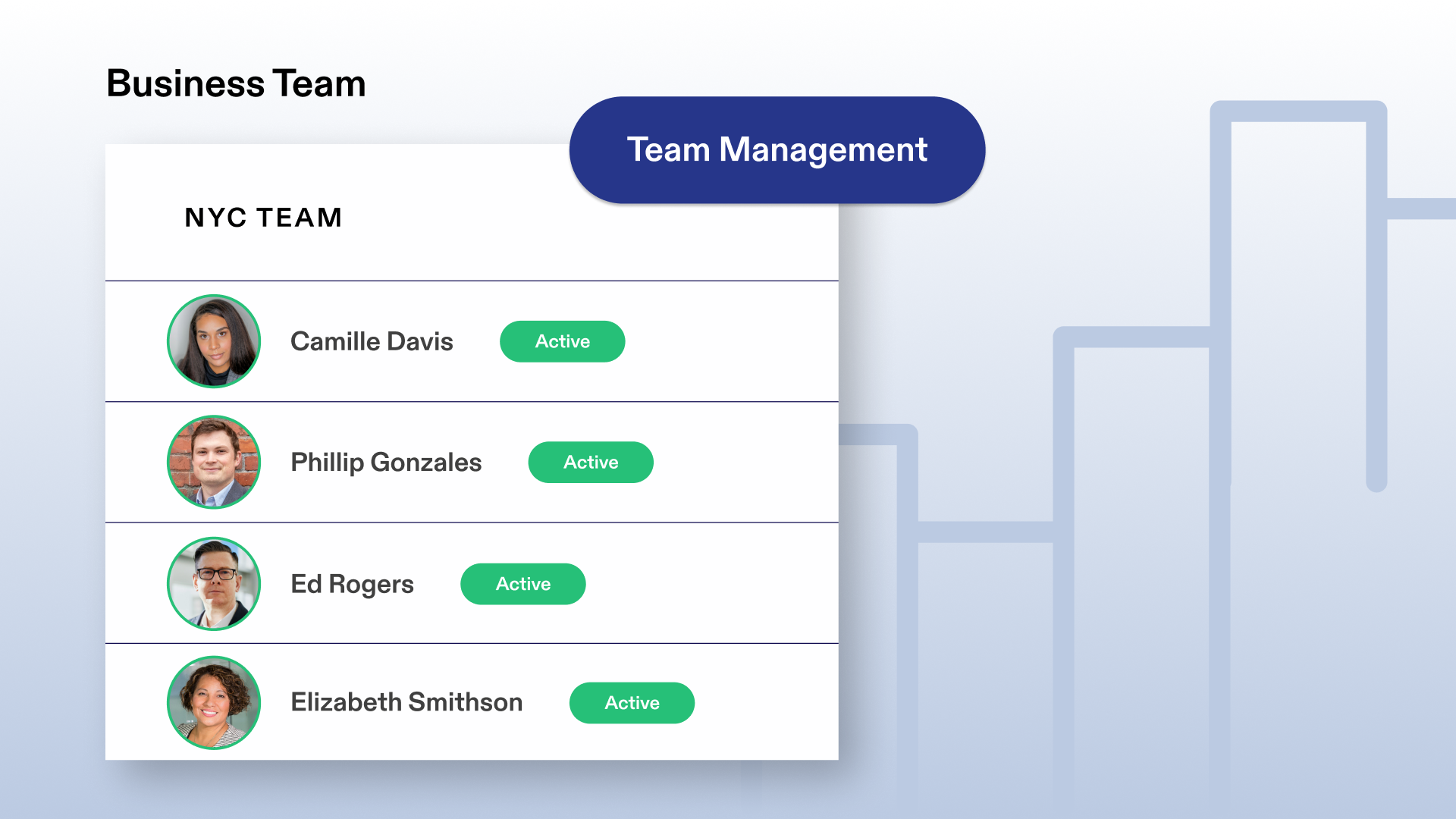Starting your own mortgage business is a big step. It means more freedom, more opportunity and more responsibility. One of the biggest decisions you’ll face early on is whether to fly solo or build a team.
If you’re thinking about bringing others along on day one, you’re not alone. Many successful brokers choose to launch with a team structure — not just to share the workload, but to build a scalable business from the start.
Here’s what it takes to build a mortgage team the smart way, even if you’re just getting started.
Step 1: Get Clear on Your Business Model
Before you start recruiting, get clear on what kind of brokerage you’re building:
- Are you focused on personal production with assistant support?
- Do you want to grow a branch of LOs under you?
- Will your team include processors, marketers, or admins?
Understanding your model will shape your hiring needs, comp plans, tech setup, and operational structure. Clarity now saves you from reshuffling six months in.
Step 2: Hire for Leverage First
In the early days, your goal is leverage — not just more people. Focus on team members who free you up to focus on revenue-generating activities:
- Loan officer assistant (LOA): Helps with paperwork, client updates, and scheduling.
- Processor: Manages documentation and conditions after a file is submitted.
- Contract marketing help: Keeps your pipeline warm and your brand active.
If you’re planning to build a network of loan officers, you might also look for:
- Junior LOs or new-to-industry originators you can mentor
- Partner LOs looking for a platform with support and leadership
💡 Start with part-time, contract, or shared roles if needed — you can grow into full-time support.
Step 3: Set Up the Right Tech & Infrastructure
Running a team means building systems, not just selling loans. You’ll need:
- A Loan Origination System (LOS) that tracks deals across team members
- A shared CRM to manage contacts, tasks, and client communication
- Clear workflows for lead intake, file processing, and client follow-up
- Compliance and licensing coverage across your team
This is where platforms like Morty make life easier — giving you one system that scales with your team, supports multiple users, and bakes in compliance and support.
Step 4: Define Roles, Comp Plans & Expectations
Even in a small team, clarity is everything. Set expectations around:
- Who does what at each stage of the loan process
- Who owns the client relationship
- How team members are compensated — commission splits, bonuses, hourly, etc.
- How and when everyone communicates (daily huddles, weekly reviews, etc.)
Document it all, even if it’s just a Google doc to start.
Step 5: Communicate Like a Leader
As the business owner, your job is to lead. That means setting the tone, giving feedback, celebrating wins, and being accountable.
In the early stages, weekly check-ins are critical. Use them to:
- Review pipelines and upcoming closings
- Identify roadblocks or tech issues
- Reinforce your culture and team values
Great communication is what turns hired help into a high-performing team.
Final Thought: Don’t Wait to Build
Many brokers wait until they’re overwhelmed to hire their first team member. But building your team early, even just one assistant or junior LO, gives you more room to grow, faster.
It doesn’t have to be big. It just has to be built intentionally.
With the right tech, smart processes, and a strong vision, you can launch your business and your team at the same time and build something much bigger than yourself.
Need help setting up your team’s systems or figuring out how to scale?
Morty’s platform makes it easy to launch with full infrastructure from licensing and compliance to deal support and built-in marketing tools. Get started below.






